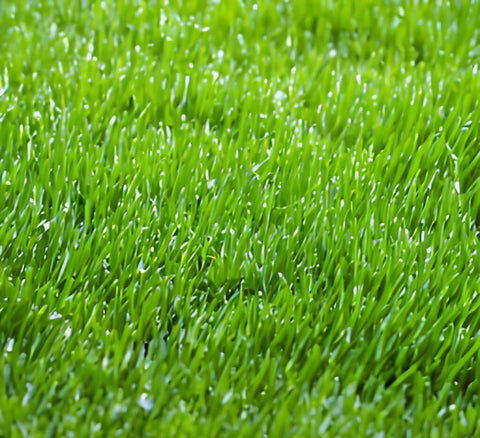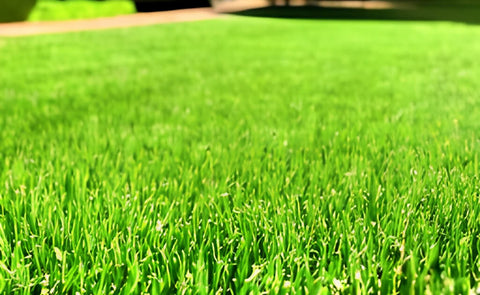Edging your lawn is an important part of lawn maintenance, but the question remains: when is the best time to edge your lawn? Dry or wet? The answer depends on what kind of lawn you have and what goals you're trying to achieve. In this blog, I'll discuss tips and advice to help you discover if it's better to edge your lawn wet or dry.
The Benefits of Dry Edging vs Wet Edging
Dry edging is usually the best choice for a professional-looking, clean lawn. When you use a manual edger, it’s important to make sure that the blades are sharp. This allows you to get a clean cut and reduce the gouging soil.
You can do dry edging at any time of the year. But it is particularly beneficial during the summer as this is when most lawns need trimming. It will make your lawn look neat. Also, it will reduce the chance of disease by helping to prevent thatch buildup.
Wet edging can be quicker because the grass can be easier ‘sliced’ and requires less effort. Wet edging also helps prevent soil cracking and limits water damage.
Wet edging can also be helpful if you are planning on seeding your lawn. It can give the seed a clean surface to settle in and help create a smooth, uniform look when done properly. So, both methods can have benefits depending on your individual circumstances.
Tips for Lawn Wet Edging

If you decide to wet edge your lawn, there are a few tips to keep in mind. First, be sure to use a gas-powered edger or an electric one with extension cords. The reason is that manual tools are difficult to maneuver in a wet environment. When selecting an edging line, pick one that creates a neat, straight edge along the turf. It’s also important to avoid mowing over the newly edged area for at least 24 hours. During this time, the lines can dry and become more visible. Finally, make sure you use caution and follow any safety guidelines.
To maximize the success of wet edging, mow your lawn before beginning. This way, you’ll be able to identify and trim any areas that are overgrown. Also, it’s important to ensure that you dispose of all grass clippings, leaves, and debris.
If you have a large area to edge, it may be wise to divide it into smaller, manageable segments. So, you won`t become overwhelmed.
It's important to note that wet edging isn't suitable for all types of grass and soil. For instance, if you have clay-like soil, then the cut surfaces are prone to crumbling and washing away. So, it's best to avoid wet edging in these areas, and instead opt for dry edging.
Tips for Lawn Dry Edging

To prepare for dry edging, start by mowing your lawn shortly beforehand. This ensures that you're working on a level surface with no thick grass or weeds in your way.
Plan to wait until at least midday when the morning dew has evaporated, and the soil is dry enough. On days when it's very humid outside, you may even want to delay edging until late afternoon or early evening. Temperatures are cooler and less damp, which is also the best time to trim your grass.
An electric edger is typically ideal for dry edging, depending on the size of your lawn. To make sure that you get an optimal result, use a sharp edger blade and angle it downward about 45 degrees as you edge.
Regular edging can help keep your lawn looking neat. Dry edging will also prevent grass buildup on walkways. Which makes it easier to keep outdoor areas tidy.
Safety Tips for Perfect Edges Every Time
Edging your lawn is a crucial part of lawn maintenance and helps to keep weeds and grass under control. To get the perfect edge on your lawn, it’s important that you use the right tools for the job. When edging, use protective gloves and safety glasses. This will help to avoid cuts or debris flying in your direction.
It's better to edge your lawn when it’s slightly wet. If you wet your lawn before edging, it can help reduce dust particles. Which results in cleaner air and better visibility during the process. So, spray a light mist of water on your lawn before edging for that perfect crisp edge!
Conclusion
Edging a lawn is an important part of lawn maintenance. The choice of wet or dry edging depends on the type of lawn that you have and the desired results you want to achieve. Dry edging is the preferred method for a neat, clean, and precise edge. Wet edging is a good option for lawns that are difficult to edge dry and can help to avoid scalping the lawn. Whichever method you choose, it is important to use the right tools, take safety precautions, and prepare the lawn well. With the right preparation and knowledge, you can achieve the perfect edge for your lawn!
What is your opinion on dry edging and wet edging?

